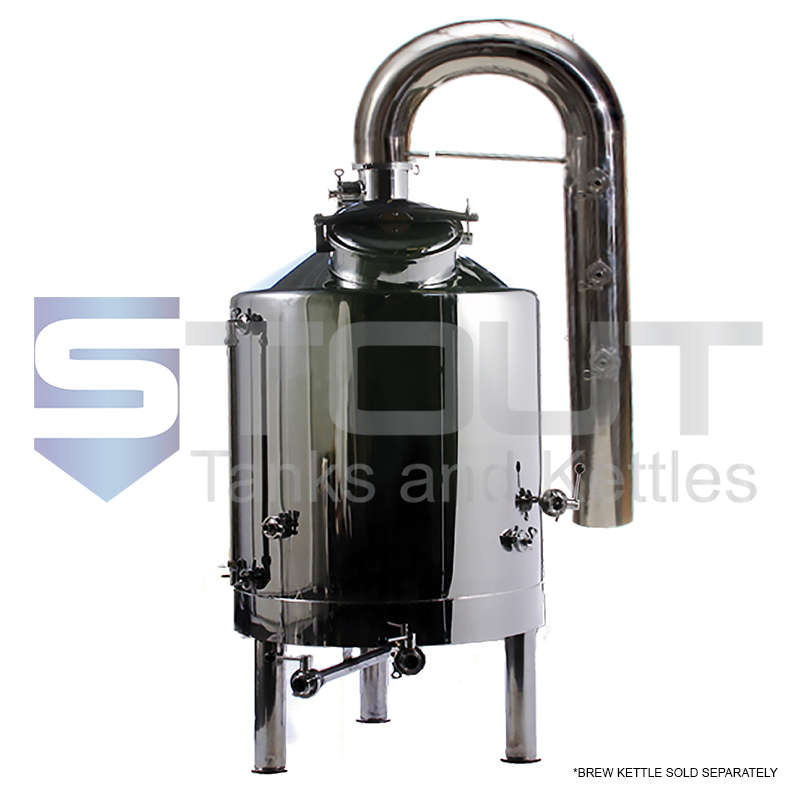I do let samples cool and settle and confirmed pre and post poil gravities on both hydrometer and refractometer. I forgot to measure pre-boil volume but if I assume it was correct(ish) and my post boil volume was high then I can assume my boil off rate was very low.
Will hopefully run a water test this week.
Will hopefully run a water test this week.







































![Craft A Brew - Safale BE-256 Yeast - Fermentis - Belgian Ale Dry Yeast - For Belgian & Strong Ales - Ingredients for Home Brewing - Beer Making Supplies - [3 Pack]](https://m.media-amazon.com/images/I/51bcKEwQmWL._SL500_.jpg)


























